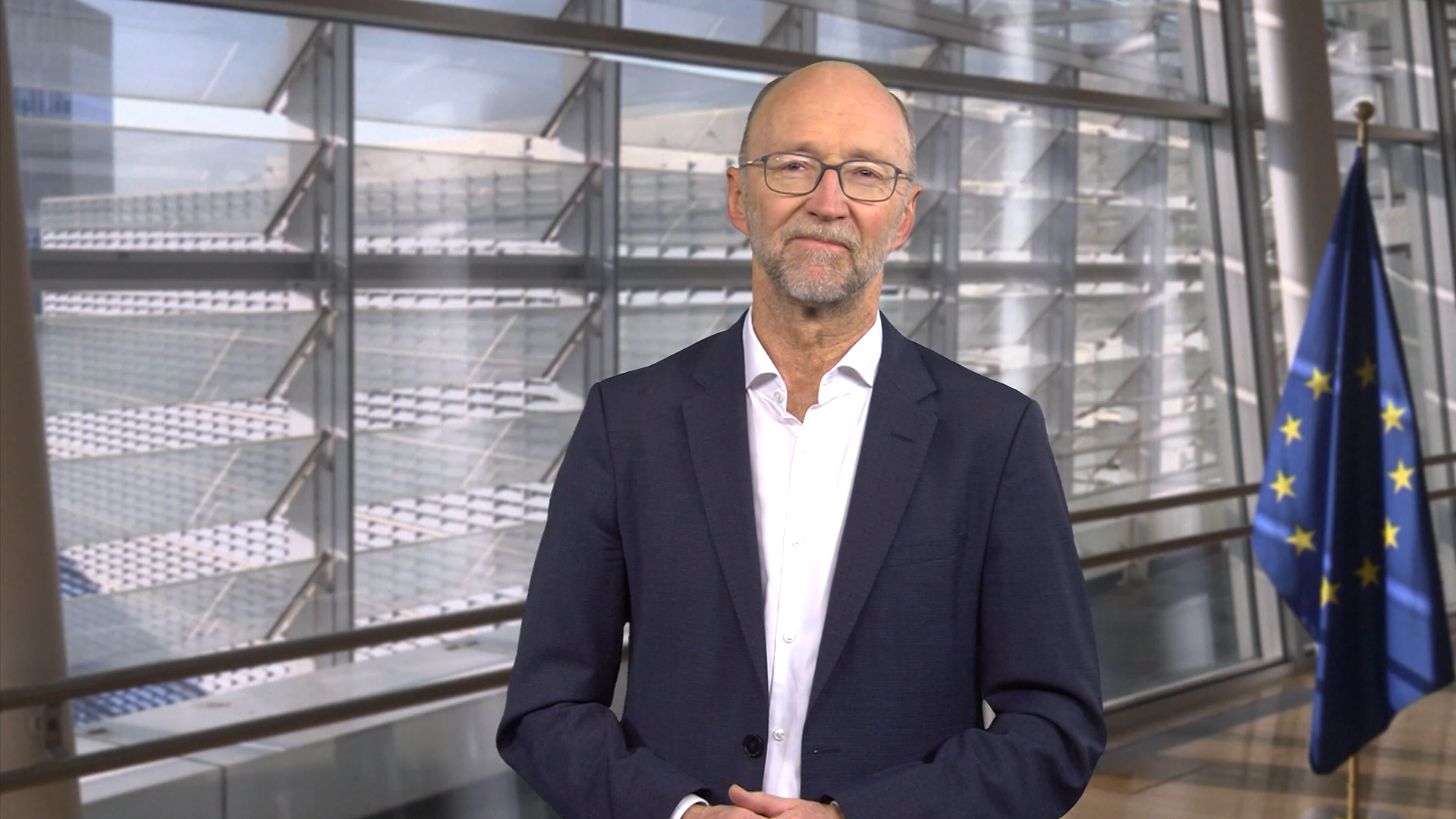Smart Student Living Takeaways Series 2 of 3: Tech Stack Solutions to Overcoming Difficulties in Tech Integration and Application
In the world of student living, operators are often beset by issues with technology — figuring out the right system to use, how to implement them in their organisation’s workflow, how to integrate a variety of different systems and have them work seamlessly with each other. These are just some of the most salient issues that were identified by our community, and are often entailed with many more identifiable challenges.
This led to the idea that defined The Class Foundation’s first workshop session at Smart Student Living, with the theme of “How to optimise your tech stack to achieve seamless operations through tech automation and integration.
We conducted our workshops in three rooms, guided by head faciliators Sam Bailey-Watts, Tom White and Lisa Hogg. Within each room, our attendees were split into smaller working groups of 6 to 7 people, coming from various fields (operator, invetsor, trendwatchers, law and of course, tech) and with them, they brought their expertise and experience to hold in-depth conversations centred around this concept of optimising tech stacks, initially focusing on identifying the most critical issues encountered when managing buildings.
By the end of the session, each group had formulated their most effective solutions to the key issues and shared this with other team. Here are the outcomes from each group:
WINNING SOLUTION 1: Developing a sector-level strategy to establish a minimum standard
Room 1, led by Tom White, highlighted the lack of strategic direction in implementing technological solutions, emphasising the need for a better comprehension of technology at the higher levels of all organisations. A common sentiment in the room was that there is usually a lack of a tech-focused role in the board of directors, so there is often nobody strategically guiding the transformation into tech — and this needs to change.
Participants in this room all agreed on the need to think bigger. Because of today’s expectation economy, customers (students) have certain demands from every stay in a housing asset. This prompted the questioning of how to create this expected consistency in IT across the entire sector.
As such, the solution that garnered the highest support strongly advocated for the development of a sector-level strategy that would establish a minimum standard for organisations in the industry - for the tech organisations working with operators and operators themselves. This framework would empower all tech at the base level, and each brand would be able to build on it more with their unique offerings.
WINNING SOLUTION 2: Creating a translator between systems to enable flexibility and adaptability within the tech stack.
In Room 2, facilitated by Lisa Hogg, the predominant theme among participants centred on change management, citing the need for technology implementations to be applied throughout all levels of an organization — a similar idea to Room 1, in which tech is treated as a strategic process which involves involved leadership and guidance in order to ensure smooth adoption.
The solution that emerged from Room 2 was the idea of creating a translator between systems to enable flexibility and adaptability within the tech stack. This approach would facilitate a scalable model that transcends geographical borders.
A major issue for brands that extend across different countries is keeping the quality of their IT systems consistent given the different regulations, language barriers, and method of operations in each country. By enabling interoperability between systems, the translator would address the challenge of disparate technologies and differences, ensuring a cohesive technology landscape within the organization.

WINNING SOLUTION 3: People-focused tech companies with an API that goes across all businesses creating mutual partnerships
With Sam Bailey-Watts as the facilitator, Room 3 cultivated a discussion around the current relationships between operators and their tech providers. David Campbell of CRM students explained that when tech implementations are only a one-time transaction, this can lead to problems with using their systems effectively on the long run due to turnover and changes in the organisation. This reasoning was shared with the other people in the room and attendees believed that technology organisations should thus establish closer collaborations with operators, fostering long-term mutual partnerships.
This solution was merged with another equally interesting one —a proposal suggesting the creation of a standard application programming interface (API) that would facilitate seamless integration of the tech stack. This standard API for the sector would act as a bridge between different systems and technologies used within the organisation. It would facilitate seamless communication, data exchange, and integration among various software applications, databases, and platforms.
Several participants pushed back against this idea due to the complications with proprietary technology and data. But the proponents of the solution explained that they drew inspiration from an existing implementation of this idea in Germany called DAAD, which was highlighted as an example to alleviate potential concerns.

Conclusion
Despite the variations in solutions proposed, all Smart Student Living participants agreed that any tech-related initiatives would necessitate a long-term commitment and the involvement of individuals capable of taking ownership of these changes. While challenges may arise and numerous barriers still lie ahead, the prevailing sentiment was that progress is more important than perfection.




